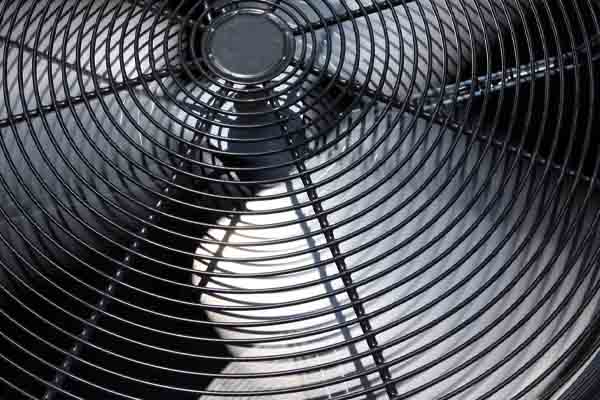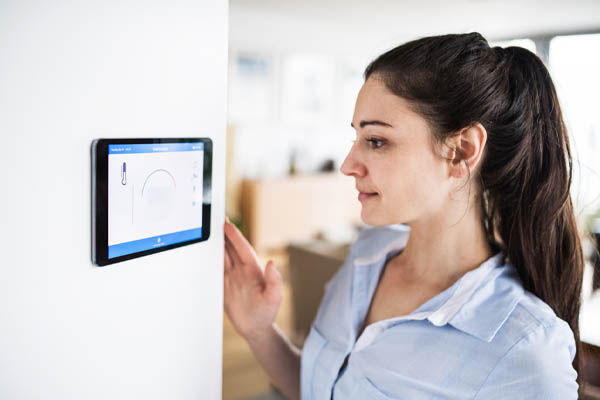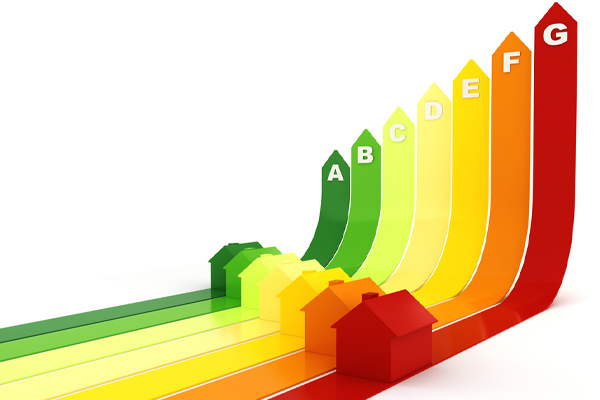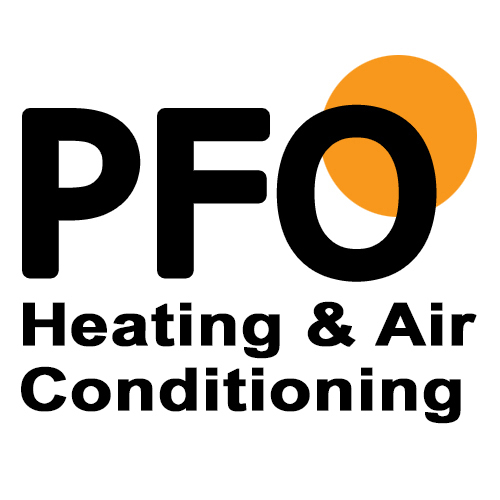
The air conditioning industry is rapidly developing, especially where it concerns energy efficiency. This is the reason that modulating, or variable-speed air conditioning designs are replacing standard units at a quick pace.
A modulating air conditioner provides stable performance and intelligent energy consumption, among other benefits. These systems have more effective temperature control and can reduce humidity to improve comfort. Read on to learn all you need to know about multi-speed air conditioning systems.
Standard Units vs. Modulating Air Conditioners
Contents
A comparison with standard cooling units will help you fully understand and appreciate modulating air conditioning technology. Traditional air conditioners have a fixed-speed compressor. This means it operates at 100% capacity when you turn it on and completely shuts down when turned off.
This might not seem like an issue, but an air conditioner like this uses a lot of energy. Starting cycles from zero each time needs plenty of power, which ultimately translates to a high energy bill.
Moreover, heating and cooling temperatures are without variation because standard units have a fixed speed. The airflow is typically extreme and intense, so the space is either very hot or cold. This system is also likely to produce cold or hot spots.
How Is A Modulating Air Conditioner Different?
Modulating units can be modified to work between 40% and 120% instead of running at 100% capacity at all times. As a result, you have a more even and less extreme home temperature. Having balanced temperatures improves your home comfort and the general airflow quality.
Modulating air conditioning systems have a variable-speed or capacity compressor. Therefore, you can modify or adjust the speed to meet your varied heating and cooling requirements. You can also control how much energy your air conditioner consumes when you can control the system’s output.
Fixed vs. Flexible Temperature Control

We usually hear the phrase “blast the AC,” which perfectly describes how standard units typically operate. Switching it on means it blows air at full speed. The air’s temperature generally stays the same, which is either hot or cold.
Other than limited temperature settings, the airflow is typically too strong. Areas that receive little airflow can also have cold or hot spots. This can cause discomfort, especially at night.
HVAC modulating technology helps solve this issue via adjustable settings. Variable-speed units allow you to adjust the airflow per your home’s needs. Therefore, you won’t experience extreme temperatures because the output is less intense. Hot and cold spots are effectively eliminated as well.
Air conditioners will provide you with a more consistent and steady airflow when it has two or more speeds. These can be customized, meaning you can control the unit’s output to match your temperature preferences.
Take note that other factors also affect the airflow quality in your home. The modulating air conditioner needs to be installed per your home’s specifications for it to work optimally. Consult a professional HVAC service provider to learn more.
High vs. Low Humidity
Standard air conditioners need constant on and off cycles. The unit might not be able to cycle enough moisture out of the air as it stops and reboots. Therefore, you’ll have higher humidity in your home.
As a result, it is relatively common for standard units to leave a home feeling uncomfortably warm and clammy. Aside from reduced comfort, humidity also encourages mold growth. Mold can damage your home and cause adverse health effects.
Modulating or variable-speed air conditioners are designed to prevent the growth of mold. They cycle less, so air conditioners can effectively reduce moisture in the air. Hence, there is less humidity. You can increase your home’s thermostat without worrying about mold or feeling clammy. Moreover, since variable-speed units run longer, they filter indoor pollutants out of the air and significantly improve your indoor air quality.
Most modulating systems don’t let the humidity level go past 50%. This is the recommended level by regulating authorities. Unfortunately, traditional fixed-speed air conditioners can get the humidity to rise to 60%. The units might eventually need to be replaced as they create a breeding ground for mold. However, good maintenance can help avoid this issue entirely.
Remember that not all modulating air conditioners are made equal. It is not guaranteed that a model will automatically reduce humidity. Ask a professional HVAC technician for available options to ensure that you get this feature on your air conditioner.
Set vs. Smart Energy Consumption

High power consumption is typically the norm when you have a standard air conditioner. This might be true, especially during months with extreme weather temperatures, such as the peak of the summer.
Homeowners frequently have to add extra insulation or boost airflow through other means to reduce energy costs. The bad news is that standard air conditioners provide no escape from high energy costs aside from using them less. This isn’t a cost-effective method.
Modulating air conditioners can solve this issue because variable speeds offer varying outputs. A unit that runs at 40% capacity will not consume the same amount of power as if it were operating at 100%. Homeowners will have the option to control how much power is consumed. They can also leave the air conditioner on without using much energy.
Air Conditioner Maintenance Costs vs. Short Payback
Modulating air conditioners saves you a lot of money that it ultimately covers the price of the equipment, installation, and tune-ups. It is worth noting how these units have a relatively short payback period.
There are many methods to cut air conditioner maintenance costs. However, standard units still cost more in the long run. Fixed-speed models go through more pressure and strain than variable-speed ones. HVAC repairs and component replacements are more likely when systems are constantly put under stress.
Conclusion
Transitioning from standard air conditioners to modulating models is inevitable with energy efficiency increases. Inverter technology innovations provide low-cost heating and cooling solutions. Moreover, variable-speed air conditioners offer effective temperature and humidity controls, giving you a greener, more comfortable, and smarter home.
Call PFO Heating & Air Conditioning For All Of Your HVAC Requirements
 Call PFO Heating & Air Conditioning for superior heating and cooling services in the Greater Princeton, NJ area. We have the best professionally certified technicians on staff who can conduct excellent heating and cooling repairs, tune-ups, installations, and replacements. All our skilled techs have the knowledge and experience to ensure correct HVAC system services at all times.
Call PFO Heating & Air Conditioning for superior heating and cooling services in the Greater Princeton, NJ area. We have the best professionally certified technicians on staff who can conduct excellent heating and cooling repairs, tune-ups, installations, and replacements. All our skilled techs have the knowledge and experience to ensure correct HVAC system services at all times.
Our company offers the most competitive HVAC service rates in the area. Our maintenance services can increase your energy efficiency and enhance home comfort while reducing energy costs. We can recommend the best solution for your HVAC repair or replacement system needs while staying within budget. All our work comes with a guarantee to ensure your satisfaction. Book your next service appointment with PFO Heating & Air Conditioning today. We offer free, in-home estimates.
Click here to contact us now or call us at (800) 253-9001 to find out more!



